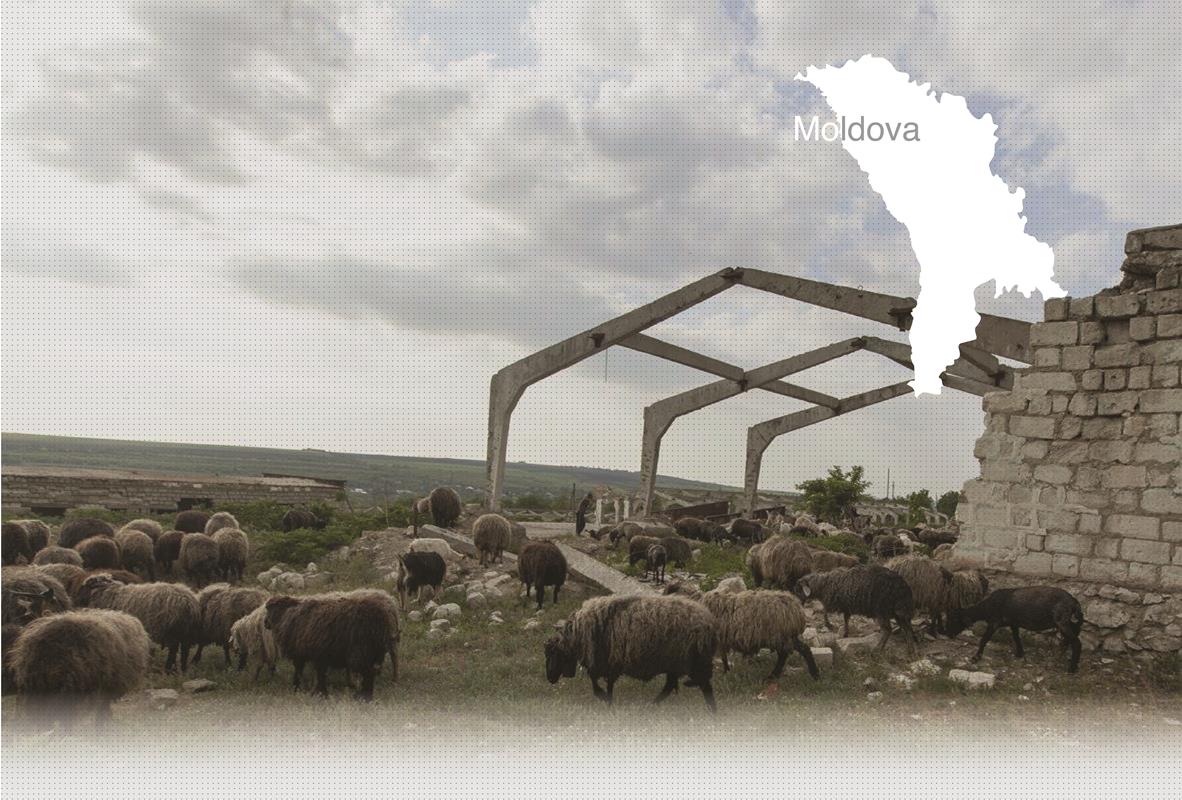

1 Killing site(s)
Vasile P., born in 1928: “At the arrival of the Romanian soldiers in the village, all the local Jews, about fifty people, were gathered in a private house that belonged to a Jewish man called Itzik Grimberg . Then, in groups of three people, they were taken to the basement of that very house where they were shot. After the execution, villagers with carts were requisitioned to transport the bodies of the victims to the cemetery for animals that was located at the outskirts of the village. The Jews were buried there.” (Witness N°196M, interviewed in Orhei, on March 7, 2015)
"Around July 20, 1941, German-Romanian troops arrived in the village. On July 20, they gathered the entire Jewish population in a building belonging to the Jew Grimberg. On [illegible], in the night, when the head of the post, Afanasi Kozhuhar arrived, the Jews were taken in groups of three, tied by the hand to one another and taken to the city center of Krasnasheny. I [illegible] the [illegible] Jew who was called Grimberg [several words illegible]. I saw with my own eyes the shot Jews / men, women and children / because on the night of July 20, the post chief Afanasi Kozhuhar ordered me to transport the bodies outside the village to the cemetery where animals were buried. When I arrived at the site of the shooting, the gendarmes loaded bodies onto my cart, but I cannot say how many bodies there were because it was dark. As I transported the bodies, the gendarmes were by my side. On their orders, I unloaded the bodies at the cemetery for the animals, then returned home. The bodies were transported on three carts. A total of 52 people including men, women and children were shot. The following took part in the shooting: the chief of the post Afanasi Kozhuhar, the gendarme Nestor Bugae, the gendarme Stofonescu, the gendarme Gordaki. A total of 52 people were shot except for the Jew Grimberg who was killed by the inhabitants of Krasnasheny: Ilia [illegible] and Piotr Popov, Yefim [?] Volevoy. Yefim Volevoy hit him with [illegible] / big stick / on the head.” [Deposition of Mihai C., born in 1891, not a member of the communist party, originally from and living in Krasnasheny[Crăsnășeni], social origin: poor peasant, given to the Soviet State Extraordinary Commission (ChGK) in 1944; RG22-002M:GARF7021-96-89]
Crăsnășeni is a village in Telenești District in central Moldova. Before the outbreak of the WWII, there were Moldovans, Gypsies and Jews living in the village. Some Jews owned land and worked there. Others had stores. There was no synagogue in Crăsnășeni. The Jewish and non-Jewish children attended the same local school.
The German-Romanian troops arrived in Crăsnășeni around July 20, 1941. Right away, they started to gather the local Jewish population in one of the private houses that belonged to a Jewish man Mr. Grimberg. In total, the Romanians managed to gather 52 men, women and children. Then, in groups of three people, the Romanian gendarmes would take the Jews to the basement of that very house and shoot them. According to YIU’s witness Vera A., born in 1925, Mr. Grimberg managed to escape during the gathering of Jews, but his wife, four daughters and a son were all captured and killed in that execution. According to the Soviet archives, Mr. Grimberg was eventually caught and also killed by a few inhabitants of Crăsnășeni. The bodies of the victims were transported from the basement to the local cemetery for animals by night with three carts driven by requisitioned villagers. They were buried in a mass grave at the outskirts of the village. According to Vera A., the victims’ bodies were exhumed after the occupation and reburied in another place. The mass grave of 52 Jews killed on July 20, 1941 remains unmarked.
Do you have additional information regarding a village that you would like to share with Yahad ?
Please contact us at contact@yahadinunum.org
or by calling Yahad – In Unum at +33 (0) 1 53 20 13 17